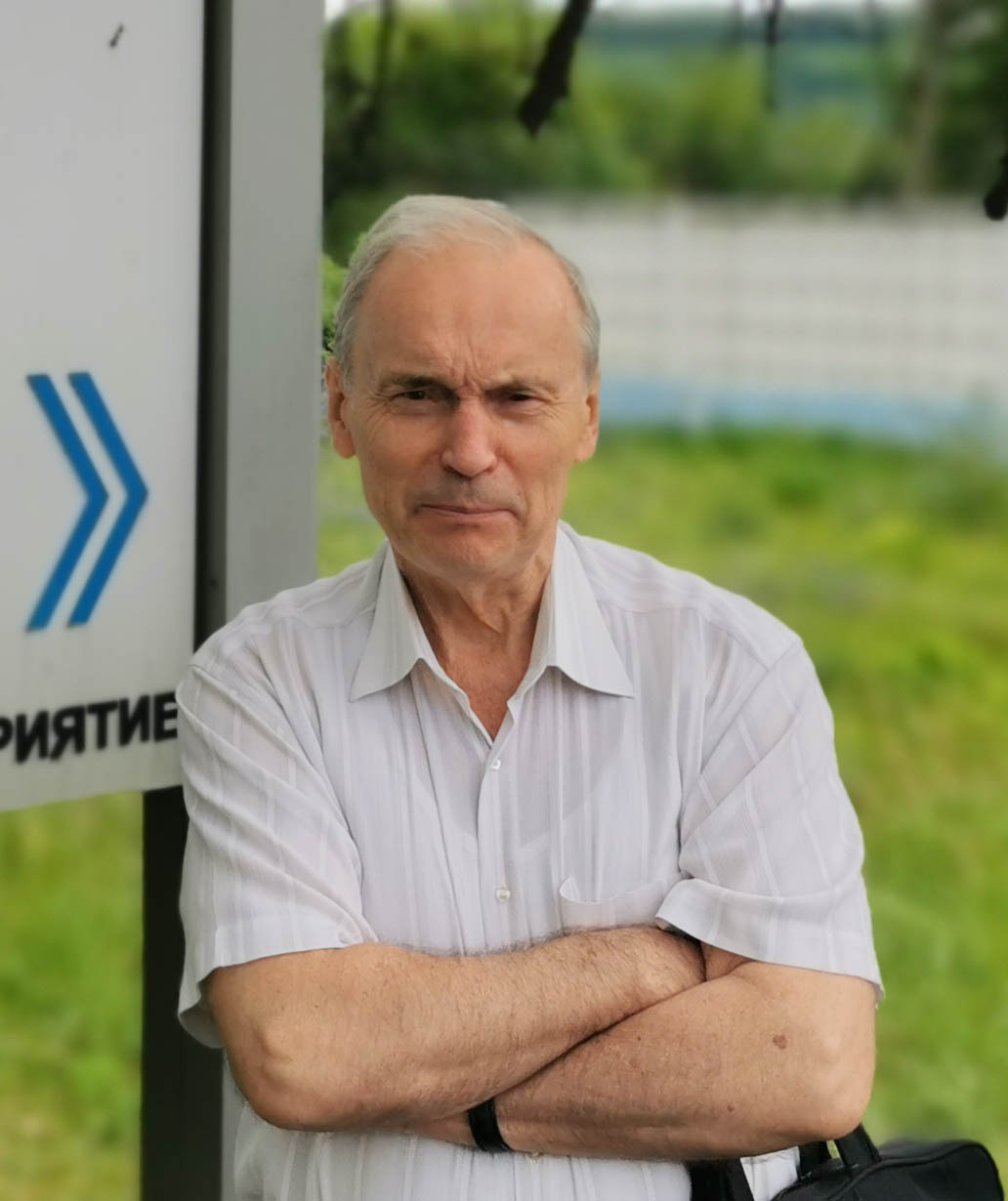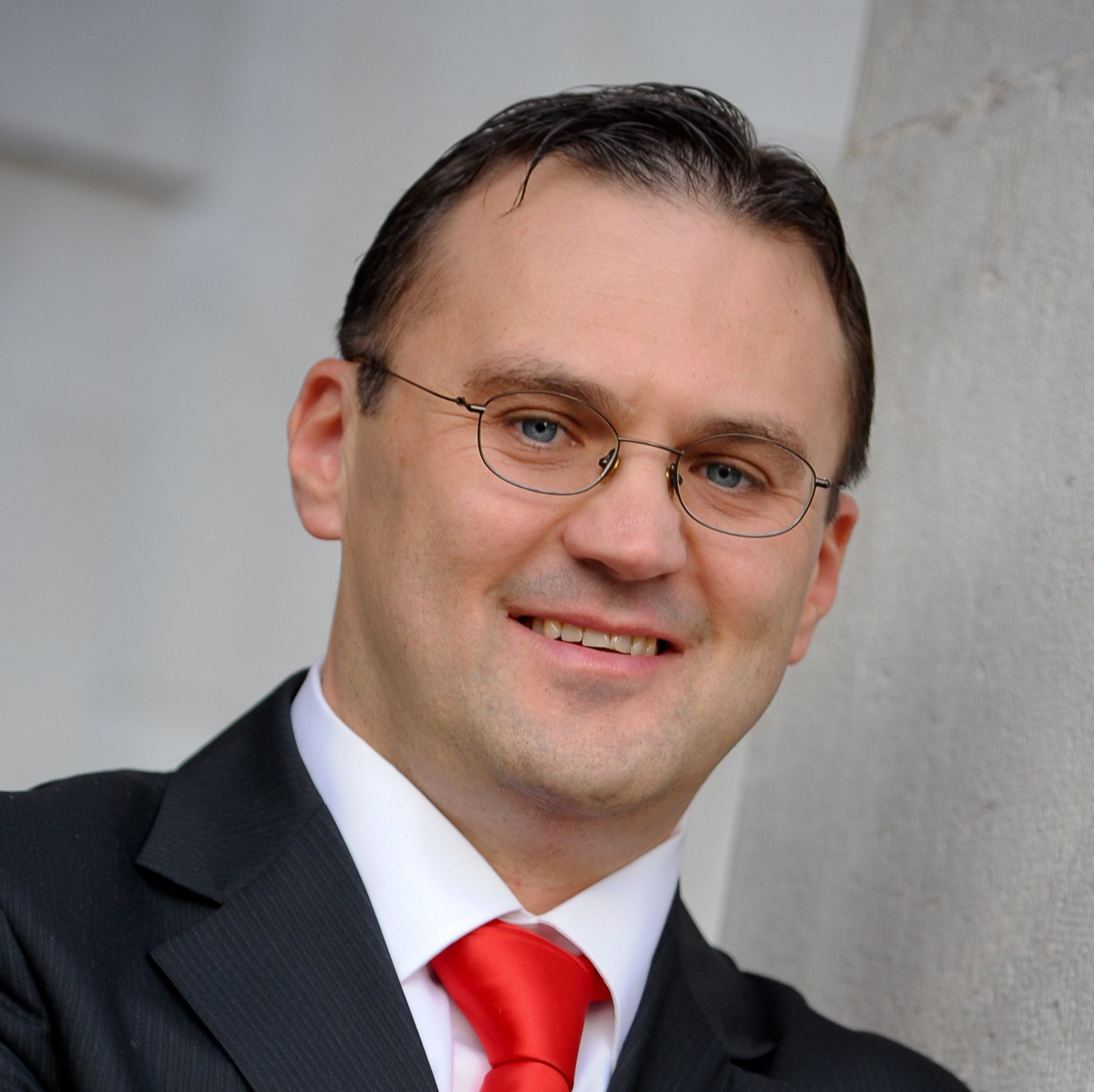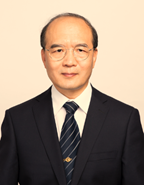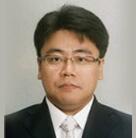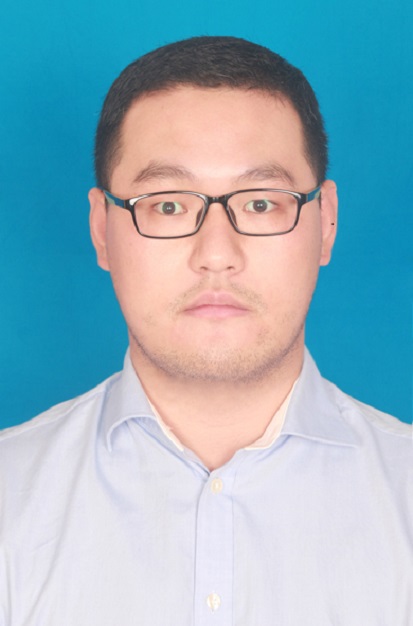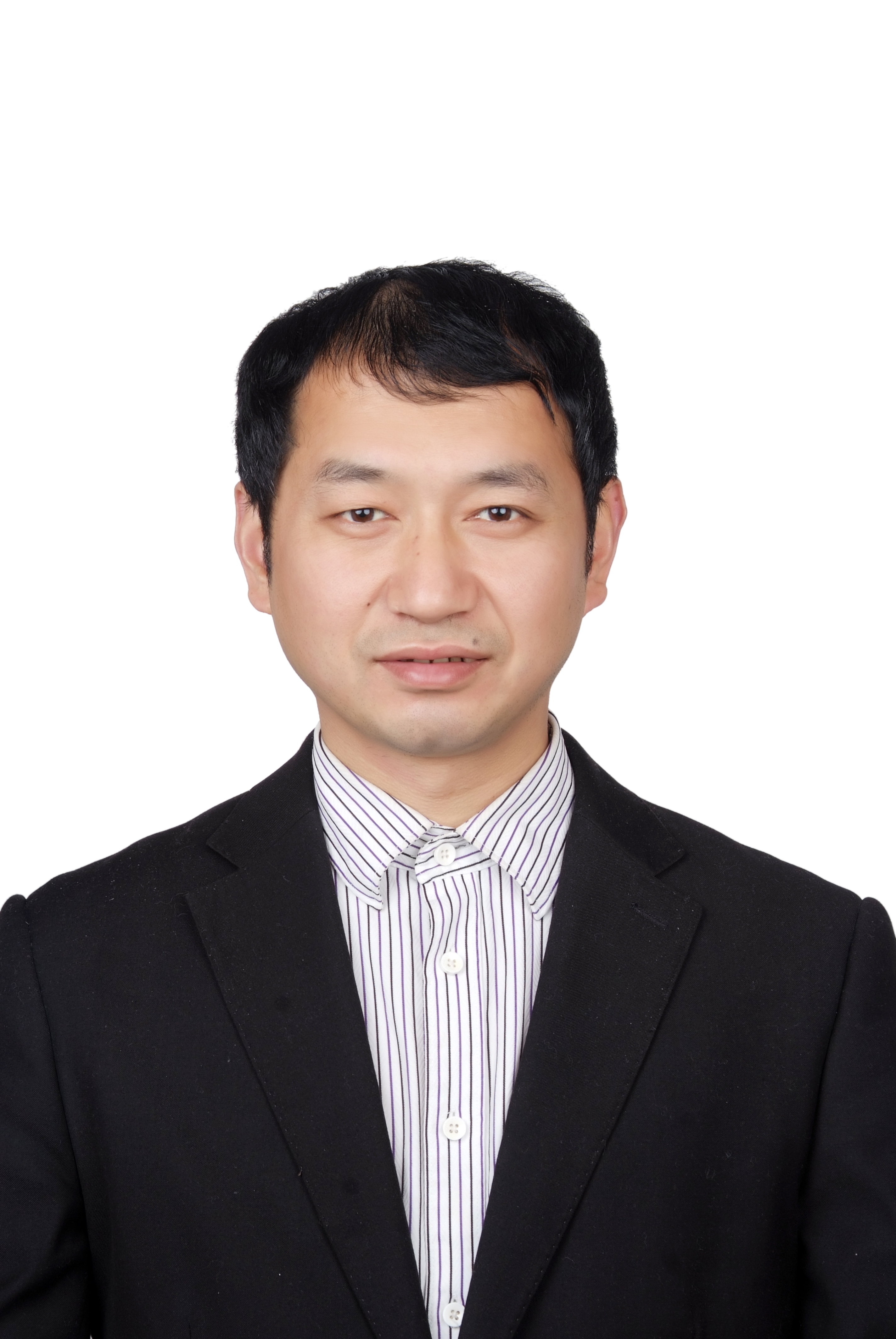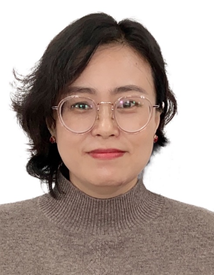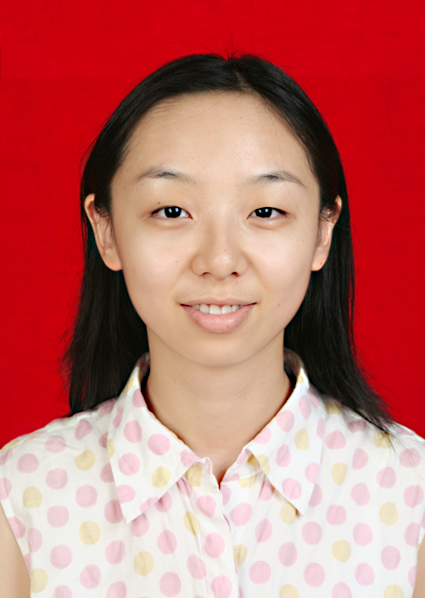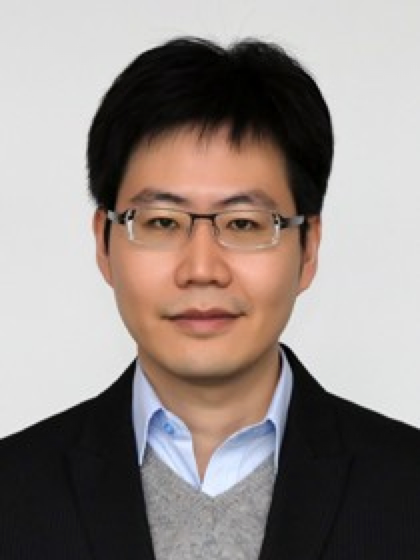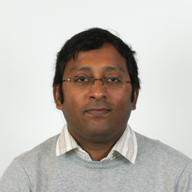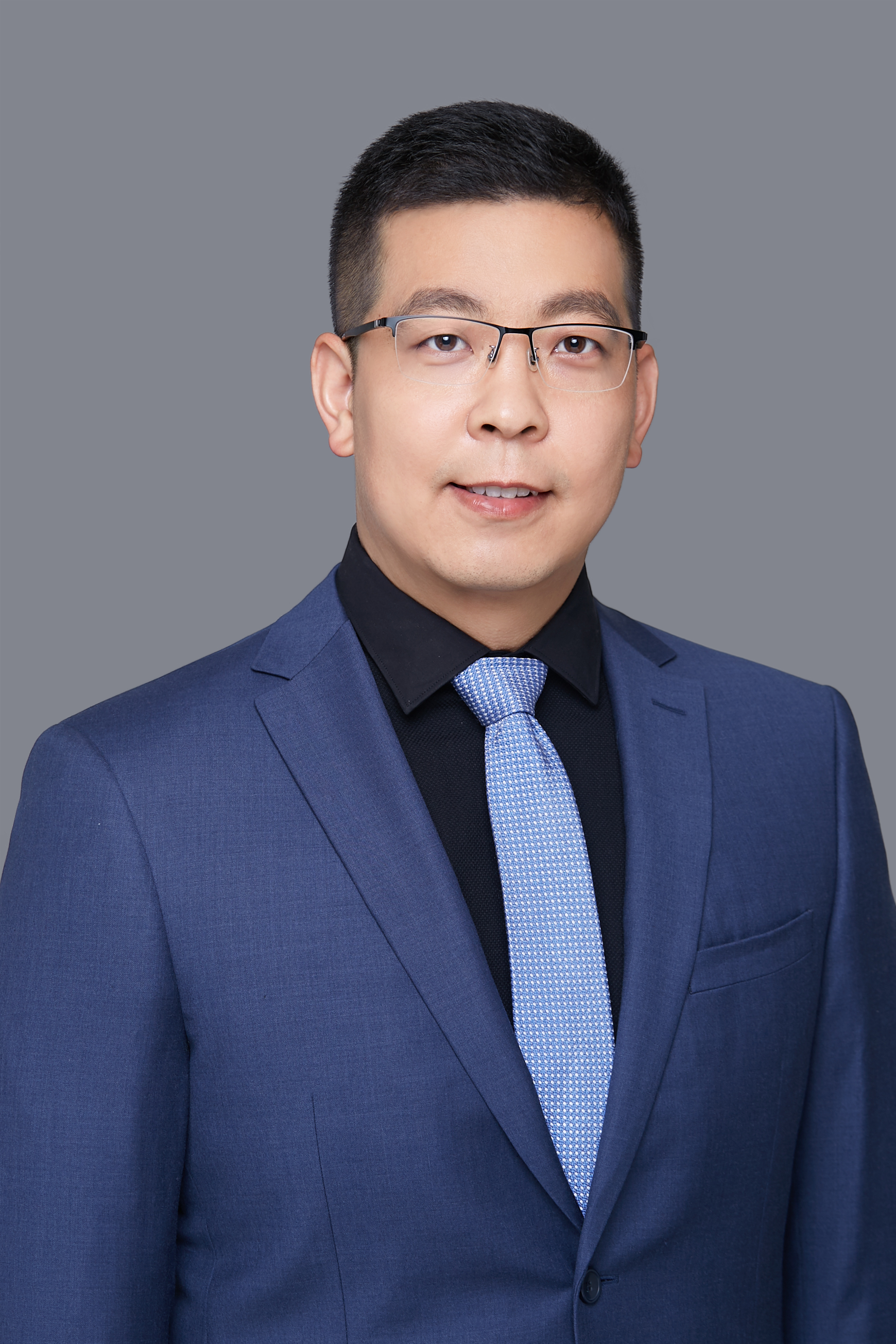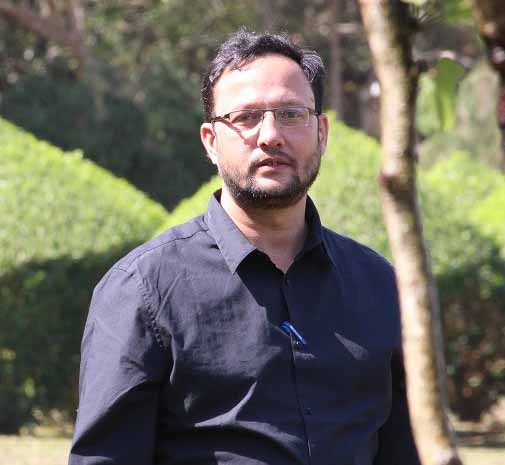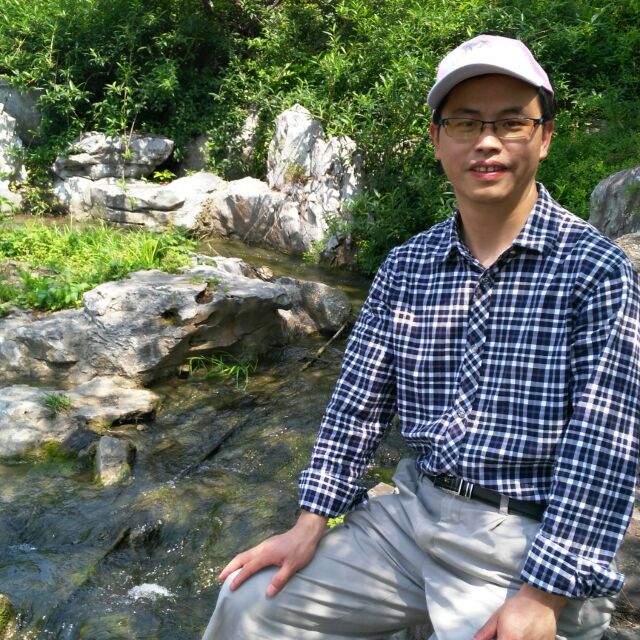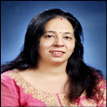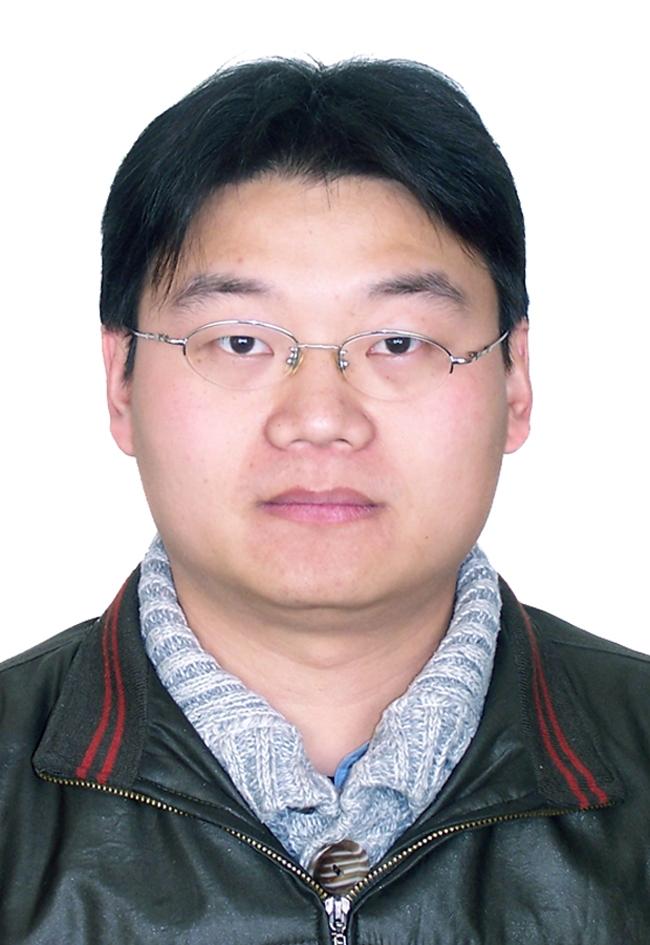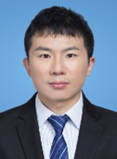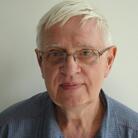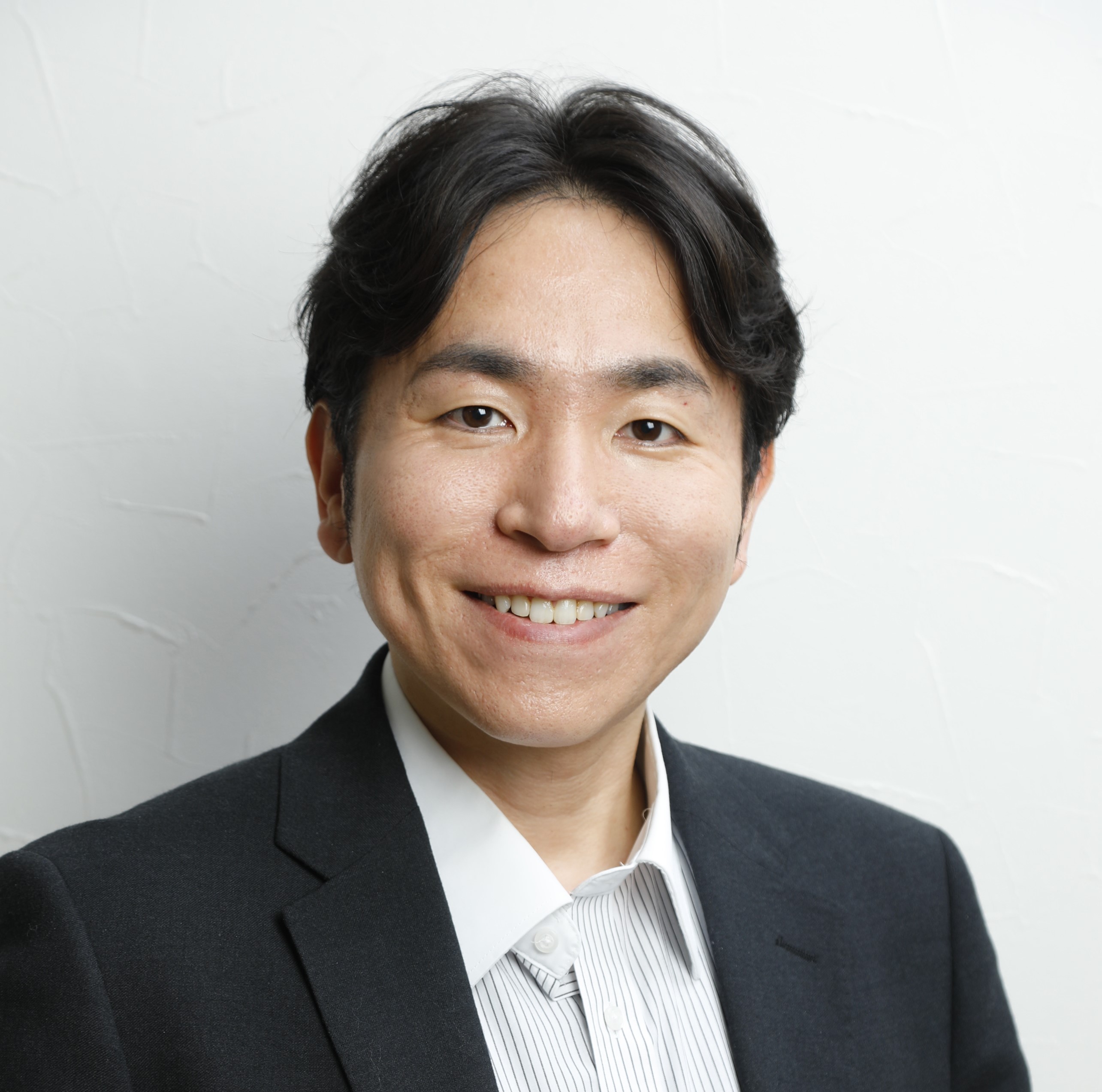Invited Speakers
Maltsev Alexander
Professor, Mobile Communications Department, University of Nizhny Novgorod (UNN), RussiaSpeech Title: A Method for Power Amplifier Distortions Compensation at the RX Side for the 5G NR Communication Systems
Abstract: For the past years, the Internet of Things (IoT) supported by 5G technology has been expanding rapidly across wide range of services, enabling inter-object connectivity for automotive industry, consumer electronics, transportation, logistics sectors and manufacturing. With the increasing ubiquitous usage of various small-sized sensors, manufacturing cost of each element taken remains a critical aspect. Relatively low price of individual elements is the key for enabling tightly connected environment, but may severely affect the RF chains quality as well as overall performance. With 5G expansion to the sub-THz bands, power amplifier (PA) nonlinearity may significantly limit system performance even in high-grade devices, due to power amplifier design limitations. Multiple studies were done to mitigate nonlinearity impact, both at the transmitter (TX) and receiver (RX) sides. Many solutions propose for evaluation and further compensation of the PA nonlinearity effects, via decision directed feedback, training or even statistical processing of the received signal. However, with knowledge of the PA nonlinearity function at the receiver side, the processing may be simplified by the applying of the reverse function to the equivalent signal in the time domain.
In this work we propose a method for PA nonlinear distortion compensation at the RX side, which can be adjusted for several signal waveforms adopted in 5G NR (New Radio) standard, such as CP-OFDM, DFT-S-OFDM and others. Provided simulation results demonstrate performance improvement both for the sub-THz PA models and models for 30-70 GHz band.
Miroslav Joler
Professor, University of Rijeka, CroatiaSpeech Title: An Experience with a Design and Fabrication of an Inset-Fed Rectangular Microstrip Antenna Built on an Ultra Thin Substrate in the S-Band
Abstract: In this paper, we report on the experience of the design and fabrication of an inset-fed rectangular microstrip antenna (IRMA) on an ultra thin substrate, in the S frequency band in the vicinity of 2.45 GHz. The designed models showed a fairly small feasible range of the inset gap dimension with respect to the feed line width, to enable good output parameters. Ultimately, an IRMA was successfully designed and fabricated, with the impedance bandwidth of 2%, the directivity of 5.9 dB, the beamwidths of 135◦ and 90◦ in the YZ and XZ cut-plane, respectively, and the efficiency of 4.2%, which is attributed to being fabricated on an ultra thin and a very low-loss substrate that was utilized in this work. This paper will discuss the key aspects of this design experience.
Hongxin Zhang
Professor, Beijing University of Posts and Telecommunications, ChinaSpeech Title: Design of a compact ultra wideband planar helical antenna
Abstract: In order to meet the wide-band full-space radio monitoring task, the design of a low-profile planar composite helical antenna and Barron structure is presented in this paper. The antenna operation covers the L-band and S-band frequencies ranging from 200MHz to 6GHz. The inner ring of the antenna adopts equiangular helix and the outer ring adopts Archimedes square helix, which not only extends the effective electrical length of the metal arm of the antenna, but also has non-frequency variable characteristics and improves the low frequency characteristics and axis ratio of the antenna. The antenna volume is reduced to 280mm*280mm*280mm. The simulated and measured results show that the antenna has a very good impedance matching. The specific results are shown below. In the range of 200MHz-6GHz band, the standing wave radio of the antenna feed system is less than 2, the test axis radio is less than 3.5dB. In the whole band, the antenna has high gain, good directivity of the direction diagram and no splitting phenomenon. Finally, the designed antenna is applied to the environmental monitoring system, which can cover the broadcast signal of about 100MHz and the UHF band above 6GHz, indicating that the optimization effect is great in the low-band.
Yutaka Fukuchi
Associate Professor, Tokyo University of Science, JapanSpeech Title: Optical frequency comb source employing a short bismuth-based nonlinear erbium-doped fiber
Abstract: Optical frequency comb sources with multi-gigahertz spacing are very important for many practical applications such as optical frequency reference, multi-wavelength lasers, optical signal processing, short pulse generation, and coherent optical waveform syntheses. Good spectral flatness, wide operation bandwidth, high coherence, high stability, low noise, and low cost are commonly required for those optical frequency comb applications. Several methods to produce the optical frequency comb have been proposed and demonstrated in the past. Especially, actively and harmonically mode-locked fiber ring lasers have become an attractive candidate for the optical frequency comb sources. The actively and harmonically mode-locked fiber ring lasers generally feature wide wavelength range, short pulse width, small timing jitter, and high repetition frequency. However, it is difficult to produce an optical frequency comb with good spectral flatness. One of the difficult challenges in the actively and harmonically mode-locked fiber ring lasers is how to produce a spectrally flat optical frequency comb. Furthermore, the actively and harmonically mode-locked fiber ring lasers usually employ silica-based erbium-doped fibers as the intracavity gain media. Consequently, the tunable wavelength range of the actively and harmonically mode-locked fiber ring lasers is limited to the alternative of the conventional wavelength band region or the longer wavelength band region. The tunable wavelength range is also another important issue for the optical frequency comb sources. In this presentation, we review stable, wavelength-tunable, and flat optical frequency comb generation from a 10-GHz actively and harmonically mode-locked short-cavity fiber ring laser using a bismuth-based nonlinear erbium-doped fiber with a fiber length of 1.5 m and a bandwidth-variable tunable filter with a rectangular filter profile.
Ang Li
Professor, School of Information and Communications Engineering, Faculty of Electronic and Information Engineering, Xi'an Jiaotong University, Xi'an, ChinaSpeech Title: Practical Interference Exploitation Precoding without Symbol-by-Symbol Optimization for MU-MISO Downlink: A Block-Level Approach
Abstract: In this talk, we share a new constructive interference (CI)-based block-level precoding (CI-BLP) approach for the downlink of a multi-user multiple-input single-output (MU-MISO) communication system. Contrary to existing CI precoding approaches which have to be designed on a symbol-by-symbol level, here a constant precoding matrix is applied to a block of symbol slots within a channel coherence interval, thus significantly reducing the computational costs over traditional CI-based symbol-level precoding (CI-SLP) as the CI-BLP optimization problem only needs to be solved once per block. For both PSK and QAM modulation, we formulate an optimization problem to maximize the minimum CI effect over the block subject to a block- rather than symbol-level power budget. We mathematically derive the optimal precoding matrix for CI-BLP as a function of the Lagrange multipliers in closed form. By formulating the dual problem, the original CI-BLP optimization problem is further shown to be equivalent to a quadratic programming (QP) optimization. Finally, numerical results validate our derivations, and show that the proposed CI-BLP scheme achieves improved performance over the traditional CI-SLP method, thanks to the relaxed power constraint over the considered block of symbol slots.
Xingwen Liu
Professor, chair of the School of Electrical Engineering, Southwest Minzu University, ChinaSpeech Title: Convergence of Perturbed Delayed Switched Nonlinear Systems with Applications
Abstract: Switched delayed nonlinear systems are a typical class of complex systems and have wide applications. This talk will reveal the following properties of switched delayed nonlinear systems subject to perturbations: (i) Suppose that the nominal system is exponentially stable. Then the trajectories of perturbed system decay exponentially if so is the perturbation, and decay asymptotically if so is the perturbation. The conclusions hold for both local and global cases. (ii) Suppose that the nominal system is asymptotically stable. Then the trajectories of perturbed system decay asymptotically to zero if the perturbation decays to zero exponentially, and may diverge if the perturbation asymptotically decays to zero. Utilizing these properties, some important stability conditions can be established: Suppose that a cascade switched nonlinear delayed system consists of two separate systems and that the coupling term satisfies a linear growth rate condition. Then the cascade system is exponentially stable, locally or globally, if and only if so are two separate systems and is locally asymptotically stable if one of separate systems is locally asymptotically stable and the other one is locally exponentially stable.
Hongying Zhang
Professor, Department of Automation, Civil Aviation University of China, ChinaSpeech Title: Application of multiple targets tracking in computer vision
Abstract: With the wide application of intelligent video surveillance in various public areas such as transportation hubs and business districts and excellent performance in security and passenger flow monitoring, computer vision technology on which it relies has become a research hotspot. Multiple target tracking is under a research direction in the field of computer vision, through analyzing the video data obtained by passengers or the location of the pedestrians and trajectory. It has high initiative, real-time and practicality relative to other positioning method which could be well applied to the safety protection, public health, traffic analysis, etc. This speech mainly focuses on the current mainstream of visual technology and multiple target tracking technology. I will introduce related definition and principle in the field of computer vision and multi-target tracking and analyze the application prospects of civil aviation by economic value, and face difficulties and challenges, which leads to the current cases and methods. Finally, the future development trend and innovation direction of tracking algorithm and engineering project will be discussed.
Cong Sun
Associate Professor, Beijing University of Posts and Telecommunications, ChinaSpeech Title: Sum Rate Maximization for Discrete Phase Shifted RIS Aided Downlink Network
Abstract: Reconfigurable intelligent surface (RIS) with discrete phase shifts aided two-user downlink network is considered. The precoding beamforming and RIS parameters are jointly designed for sum rate maximization. The nonconvex problem is approximated through maximum ratio transmission, optimal power allocation and Courant penalty function techniques. Two algorithms are proposed for the approximated problem based on alternating direction of multipliers method and proximal gradient method, respectively. Simulations show that the two proposed algorithms achieve higher sum rate with significantly lower computational cost than the sate of the art.
Tsung-Hui Chang
Associate Professor, School of Science and Engineering, The Chinese University of Hong Kong (Shenzhen) and Shenzhen Research Institute of Big Data, ChinaSpeech Title: Quantized Federated Learning under Transmission Delay and Outage Constraints
Abstract: Federated learning (FL) has been recognized as a viable distributed learning paradigm which trains a machine learning model collaboratively with massive mobile devices in the wireless edge while protecting user privacy. Although various communication schemes have been proposed to expedite the FL process, most of them have assumed ideal wireless channels which provide reliable and lossless communication links between the server and mobile clients. Unfortunately, in practical systems with limited radio resources such as constraint on the training latency and constraints on the transmission power and bandwidth, transmission of a large number of model parameters inevitably suffers from quantization errors (QE) and transmission outage (TO). In this talk, we consider such non-ideal wireless channels, and carry out the first analysis showing that the FL convergence can be severely jeopardized by TO and QE, but intriguingly can be alleviated if the clients have uniform outage probabilities. These insightful results motivate us to propose a robust FL scheme, named FedTOE, which performs joint allocation of wireless resources and quantization bits across the clients to minimize the QE while making the clients have the same TO probability. Extensive experimental results are presented to show the superior performance of FedTOE for deep learning-based classification tasks with transmission latency constraints.
Narendra Londhe
Associate Professor, Department of Electrical Engineering, National Institute of Technology Raipur, IndiaSpeech Title: Weighted ensemble of deep convolution neural networks for single-trial character detection in Devanagari-script-based P300 speller
Abstract: The existing Devanagari-script-input-based P300 speller (DS-P3S) performs better mostly with 3-15 trials. This leads to poor information transfer rate (ITR) and a major concern in its real-time adaptation. In DS-P3S, the display paradigm is a matrix of 8×8 size which has 28 more characters than the 6×6 English paradigm. The increased number of characters leads to user-related issues such as a crowding effect, double flashing, adjacency distraction, task difficulty, and fatigue which increases the false detection rate. To tackle this, we propose an efficient single-trial character detection approach for DS-P3S using weighted ensemble of deep convolution neural networks (WE-DCNNs). The weighted strategy is constructed based on measured ensemble diversity to counter the instability by the individual classifier. Additionally, to reduce the false detection rate arising from a single trial, a new channel dropout-based character detection approach is introduced first time in this article. The ITR of 55.45 b/min and an average P300 classification accuracy of 92.64% achieved are comparatively higher than existing methods of DS-P3S. The significant reduction in tradeoff between bias and variance for the different subjects affirms the ease of applicability of the proposed model with just a single trial.
Vijay Raj Singh
Associate Professor, Department of Physics, Central University of South Bihar, IndiaSpeech Title: Electronic and Magnetic Properties of Diluted Magnetic Semiconductor Thin Films: A Synchrotron based X-Ray Spectroscopic Techniques
Abstract: The study of spintronics materials such as diluted magnetic semiconductor (DMSs), multiferroic and half-metallic alloys is one of the most attractive fields in science from the viewpoints of both academic research and applications. In order to clarify the origin of ferromagnetism of these spintronics, it is necessary to investigate the electronic structure. Here, we have investigated the electronic structure of spintronics materials i.e. multiferroic materials (e.g. BiFeO3) using x-ray absorption spectroscopy (XAS) and x-ray magnetic circular dichroism (XMCD).
The first discovery of room-temperature ferromagnetism in Co-doped TiO2 by Matsumoto et al. has arisen great interest in the search for such materials and a number of studies have been carried-out to investigate whether the ferromagnetism is carrier-mediated or not, but the issue still remains controversial. XMCD at the Co 2? → 3? absorption (Co ?2,3) edge is an ideal technique to clarify this issue because it is an element-specific magnetic probe. Our previous XMCD study has revealed that the ferromagnetism is not due to segregated Co metal clusters but is due to Co2+ ions in the TiO2 matrix. However, the XMCD signal intensities were an order of magnitude lower than that expected from the bulk magnetization. We performed XAS and XMCD studies on rutile Co-doped TiO2 by the surface-sensitive total electron yield (TEY) mode and the bulk-sensitive total fluorescence yield (TFY) mode and found that Co ions in the bulk indeed have a large moment of 0.8-2.2 ?? /Co. Then we extended the same approach to anatase Co-doped TiO2 and studied the correlation between magnetism and transport properties.
Jihong Yu
Professor, School of Information and Electronics, Beijing Institute of Technology, ChinaSpeech Title: Stable and Fresh Massive Access for Passive IoT
Abstract: Battery-free sensors that can be energized wirelessly are promising for continuously sensing the physical world and providing time-sensitive data for intelligent decisions and applications. The deployment of such ambient power-enabled IoT usually involves massive access of the passive sensors. This talk would introduce how to control access of the massive sensors so that the systems are stable and the collected data is fresh from MAC layer perspective. Specifically, this talk focuses on random access named Frame Slotted Aloha (FSA) with its stability and age of information (AOI) presented in sequence. These theoretical results could provide guidelines for stable and fresh FSA-based access protocol design.
Sudan Jha
Professor, SM-IEEE, EIC, Principal Scientist, Department of Computer Science & Engineering, Kathmandu University, NepalSpeech Title: An Integration of IoT, IoC, and IoE towards Building a Green Society
Abstract: Energy waste altogether adds to expanded expenses in the car fabricating industry, which is liable to energy use limitations and tax assessment from national and global strategy creators and confinements and charges from national energy suppliers. This checking is essential for energy sparing since it empowers organizations to roll out operational improvements to diminish energy utilization and expenses. The primary test to energy observation is the need to incorporate assembling and energy checking and control gadgets that help diverse correspondence conventions and are generally dispersed over a wide region. One of the most significant challenges in the advancement of the Internet of Things (IoT) has been the powering of billions of connected devices. Evaluation of digital services considering an energy impression of the Internet normally requires models of the energy intensity of the Internet. A typical way to deal with the display of the energy intensity is to consolidate assessments of market studies of introduced gadgets on a national or worldwide scale and their related power utilization with the aggregate information volume transported at a similar scale. Energy sources are a fundamental part of society development, and a steady power supply is essential for today抯 progress. End-use energy is transferred to various consumers via power transmission and circulation networks after being transformed to optional energy as electricity by various power facilities. The power grid serves as the physical stage for both wide-area electric power sharing and display exchanges, and it is at the heart of auxiliary energy sources. In this manner, it attempts to connect the part of a center point between essential energy and end-use energy. With the bidirectional power stream given by the Energy Internet, different techniques are elevated to enhance and increase the energy usage between Energy Internet and Main-Grid. Energy proficiency and, in addition, quick information transmission are fundamental to green correspondences-based applications for IoT. Here, we are trying to provide a state-of-the-art survey over various Internet of Energy techniques along with IoT.
Keywords: IoT; IoC; IoE; Green Energy; Society 5.0; Industrial IoT;
Quanxin Zhu
Professor, Xiaoxiang Scholar of Hunan Normal University, ChinaSpeech Title: Stability and event-triggered control of stochastic nonlinear delay systems
Abstract: In this report, we study the stabilization problem of stochastic nonlinear delay systems with exogenous disturbances and the event-triggered feedback control. By introducing the notation of input-to-state practical stability and an event-triggered strategy, we establish the inputto-state practically exponential mean-square stability of the suggested system. Moreover, we investigate the stabilization result by designing the feedback gain matrix and the eventtriggered feedback controller, which is expressed in terms of linear matrix inequalities . Also, the lower bounds of inter-execution times by the proposed event-triggered control method are obtained. Finally, an example is given to show the effectiveness of the proposed method. Compared with large number of results for discrete-time stochastic systems, only a few results have appeared on the event-triggered control for continuous-time stochastic systems. In particular, there has been no published papers on the event-triggered control for continuous-time stochastic delay systems. Our work is a first try to fill the gap on the topic.
Mamta Madan
Professor, Vivekananda Institute of Professional Studies, (Affiliated to Guru Gobind Singh Indraprastha University), IndiaSpeech Title: Evolutionary Computation and Genetic Algorithm
Abstract: Evolutionary computation is field of artificial intelligence (AI) and is used in complex optimization problems. Evolutionary computation is used to solve problems that have too many variables for traditional algorithms.one of the important algorithm of Evolutionary computation is Genetic Algorithm. This talk would detail on the various aspects of evolutionary computation and working of Genetic Algorithm. Implementation of complete genetic algorithm along with all of its operators. It will also include applying genetic algorithm in few areas of optimisation and try and achieve global optimum solutions to few problems.
Gang Xie
Associate Professor, Beijing University of Posts and Telecommunications, ChinaSpeech Title: Future Indoor Wireless Network: Wi-Fi 7 and its evolution
Abstract: Wi-Fi, a family of IEEE 802.11 standards, becomes the most popular wireless technology used for data transmission in home as well as in enterprise. The Wi-Fi community is currently developing IEEE 802.11be (Extremely High Throughput, EHT) and planning the next generation Wi-Fi (UHR), which will bring high-throughput, low-latency, and high-reliability requirements. In this talk,we analyze the key features proposed for the new technology, such as multi-link operation, channel sounding and multi-AP cooperation. And the increasing Wi-Fi complexity coupled with uncoordinated deployment, we apply machine learning (ML) to solving the optimization problems in Wi-Fi. Finally, the future evolution trend of Wi-Fi will be discussed.
Xin Li
Associate Professor, School of Electronic Engineering, Beijing University of Posts and Telecommunications, ChinaSpeech Title: Content Connectivity Based Polyhedron Protection against Multiple Link Failures in Optical Data Center Networks
Abstract: Survivability has always been an important research focus for optical networks. We have proven that the k-regular and k-edge connected structure is the optimal protection structure against multi-link failures. Based on the k-regular and k-edge connected structure, the p-polyhedron protection scheme which has low resource redundancy is proposed. In optical data center networks (ODCNs), the required data or services can be replicated and maintained in multiple geographically distributed data centers. Based on this, the content connectivity which represents the reachability of the required content from each user is defined for ODCNs. Moreover, the degree of content connectivity can be improved by increasing the number of copies of content. In ODCNs, the content connectivity can be integrated with the p-polyhedron protection scheme. With the help of content connectivity, the resource efficiency of the p-polyhedron protection scheme can be further improved. We proposes the content connectivity based polyhedron protection (CCPP) scheme to minimize the network redundancy of ODCNs. An ILP model and a heuristic algorithm are developed to realize the CCPP scheme under static and dynamic circumstances respectively. Numerical results show that the proposed CCPP scheme has a lower network redundancy. Moreover, the network redundancy of the CCPP scheme is positively correlated with the degree of content connectivity.
Tadeusz Czachorski
Professor, Institute of Theoretical and Applied Informatics, Polish Academy of Sciences, PolandSpeech Title: Modelling dynamics of energy consumption in batteries of autonomous (IoT nodes, UAVs) devices
Abstract: The complexity of battery-powered autonomous devices such as Internet of Things nodes or Unmanned Aerial Vehicles, and the necessity to ensure an acceptable quality of service, reliability, and security, have significantly increased their energy demand. Batteries become an important part of any autonomous device and therefore their performance should be carefully modeled. In this presentation, we discuss a model where a battery energy content is represented by a diffusion process. The model takes into account energy harvesting; the energy is represented by unitary energy packets that come to the system, are queued, and then consumed. Both the arrivals and consumption are probabilistic and the battery is represented by G/G/1/B queueing system; the number of energy packets in the queue represents the energy in the battery.
The transient solution of such a model gives us the distribution of energy, as well as the probability that the battery is empty or full as a function of time. The introduction of the first passage time inside a diffusion process enables us to determine time-dependent probability density functions of
- time remaining until the battery becomes empty,
- time required to charge the battery to its total capacity,
- time the battery is operational between two moments of complete depletion.
The use of the diffusion process makes the model more precise than frequently used Poisson or fluid-flow models.In special cases, when interarrival times and the time needed to consume one energy packet are exponentially distributed, we compare the results of diffusion approximation with corresponding models based on continuous-time Markov chains and find that the errors introduced by the diffusion approximation are really small.
Tsuyoshi Minami
Professor, Institute of Industrial Science, The University of Tokyo, JapanSpeech Title: Organic thin-film transistor-based chemical sensors toward real-sample analysis
Abstract: Given the fact that the increase in attention to SDGs, rapid and accurate chemical sensing for food analysis, diagnosis, and environmental assessment is in high demand. Chemical species in real samples have been conventionally analyzed by large analytical apparatuses, while such methods have considerable issues such as the requirement of trained personnel and time-consuming measurements. Hence, the development of portable and easy-to-use chemical sensors is desirable. To this end, the presenter has focused on organic field-effect transistors (OFETs) as sensor platforms for accurate real-sample analysis, which possess beneficial properties including switching properties, mechanical flexibilities, and applicability to printing methods for high-throughput manufacturing. By employing appropriate molecular recognition materials, such OFETs enable quantitative chemical sensing in aqueous media. The details of approaches for the establishment of the OFET-based chemical sensors will be discussed in the presentation.
Pascal Lorenz
Professor, University of Haute-Alsace, France, FranceSpeech Title:
Zhengming Gao
Associate Professor, Jingchu University of Technology, ChinaSpeech Title:

